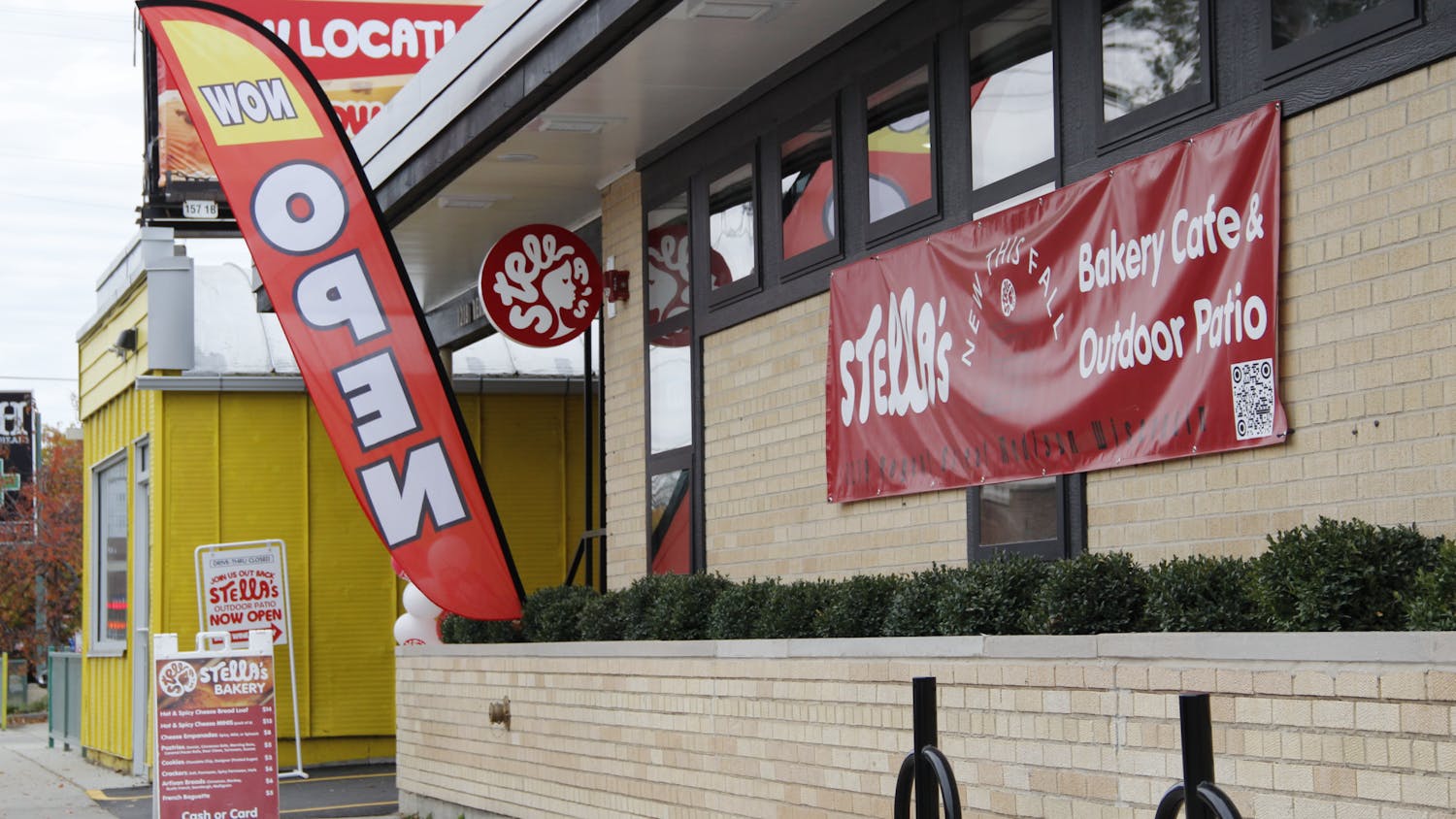The current Ogg Hall, located at the intersection of Dayton Street and Park Street, was built in 2007, with features the residents of ""Old Ogg"" lived without: more spacious bedrooms, central air conditioning, classrooms, kitchens on each floor, and updated security systems. Old Ogg was originally built in 1965, and was torn down in Fall 2007. As with any building on campus that faces demolition, students who had ties to Old Ogg lost a part of their college experience when the building came down.
Brian Lauvray, a UW-Madison alumnus and former resident of Old Ogg, remembers both the positives and the negatives of the outdated residence hall.
""Ogg was a great experience,"" Lauvray said. ""So many of my friends [throughout college] were my…floor-mates. One of them is still my roommate to this day.""
However, as with many other historical buildings on campus, certain concerns of Old Ogg overshadowed the nostalgia of its former inhabitants, particularly structural problems.
""People would still smoke, even though it was technically smoke-free, at that point,"" Lauvray said. ""You'd get the dirt bags smoking below you, and it would go up your radiator.""
According to Lauvray, Old Ogg had problems beyond poor ventilation, from potential asbestos to limited space in the common areas and recreation rooms.
When it comes to deciding between restoring an old building like Ogg Hall or demolishing to begin anew, UW-Madison history professor Stephen Kantrowitz said the university considers two factors.
The first thing the university must consider is that the original purpose of the building is no longer functional for what the university needs it for currently. The second is whether the buildings are still a part of the campus culture.
""We have to strive for a balance between preservation and fitting the campus' needs,"" Kantrowitz said.
Many of the buildings on campus, including Old Ogg, were constructed during the 1960s and 1970s, due to the baby boomer generation.
""A lot of buildings went up very fast at a very low cost and they aren't able to function for today's needs,"" Kantrowitz said. ""These buildings are worn out,"" Kantrowitz said. ""And the processes of getting them up to par for both the student body and the teachers on campus is one that takes time and money.""
According to Lauvray, Old Ogg had that ""worn out"" structure of the other 1960s and 1970s buildings.
""Financially [revamping] Ogg would have been crippling to the university, as opposed to getting contractors and shopping around,"" Lauvray said. ""If they see this is a…five-year-old dormitory, that's going to appeal to a lot more potential matriculating students than a refurbished or a rehabbed dorm.""
UW-Madison professor of history Jean Lee, who began teaching at UW-Madison in 1988, views the expansion of campus as one of the most important changes on campus since she arrived. To enrich students' education, UW-Madison has spent hundreds of millions of dollars restoring the buildings and constructing entirely new ones, according to Lee.
The Humanities building, built in 1969, is another example of a building that was quickly built to accommodate the baby boomer generation. Despite its outdated structure, it is has only been moderately refurbished in the past.
""We used to have these horrible chairs. It was like a bunker in here. Everything was concrete and there was no technology,"" Lee said, though the university has updated many of the lecture halls with power point equipment, slide projectors, and padded seats.
Since she started teaching, Lee has witnessed the creation of the Agricultural Mall, Engineering Mall, reconstruction of the Law Library, the doubling in size of Memorial Library, a new hospital and countless other buildings for the new schools and majors that have emerged in only the last 21 years.
Before the construction boom
North Hall, the first building on UW-Madison's campus, opened its doors in1851, and served as the offices, classrooms, dining hall and residence hall for the its first four years. But as the number of students expanded on campus, so did the number of buildings that made UW-Madison what it is now.
From 1851 to 1900, 35 new UW-Madison buildings were built around Bascom Hill, according to Jim Feldman in his book, The Buildings of the University of Wisconsin. But those 35 buildings pale in comparison to the 198 buildings built on campus during the 20th century.
The Education Building on Bascom Hill went under construction in February 2009, and is projected to be finished by fall 2010, according to a UW-Madison School of Education news release. Built in 1900, the building first served as the departments of civil engineering, mechanical engineering.
The story of the Engineering Building reflects the influx of students returning from war and how its impact caused rapid construction on campus. The building served as the Engineering Building until the facility was unable to hold the flood of student veterans who came back from World War I and World War II. The building was completed in 1929 and named Mechanical Engineering. When the second wave of veterans hit after WWII Engineering Hall was hastily constructed in 1948 and required three additions in 1952, 1962 and 1993.
Exciting changes are expected as the campus moves forward, constantly growing to accomodate new students.
""At a giant state-sponsored university, there's nothing wrong with change,"" Lauvray said. ""Whatever Ogg meant to me and the preceding generations that stayed in Ogg, there's nothing to say that this new Ogg won't mean something more to people who are there now.""





